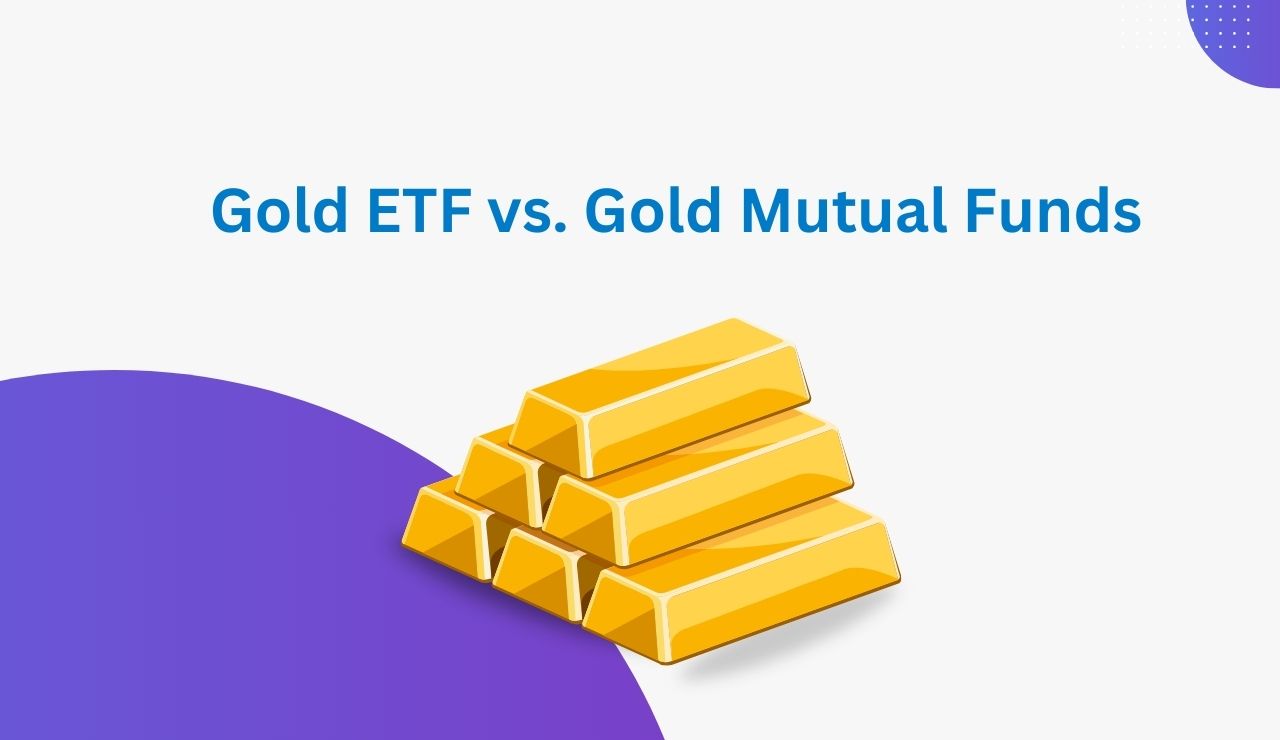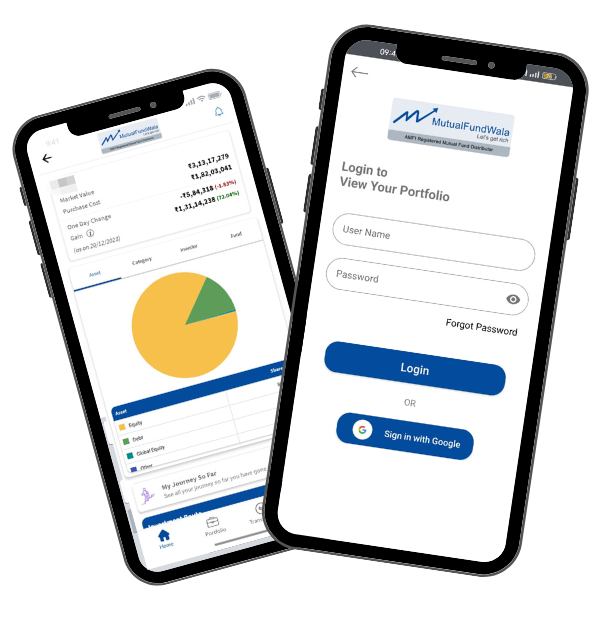What are Active Funds?
Active funds are actively managed schemes. The fund manager shall actively buy and sell securities and attempt to outperform the benchmark.
The expertise of the fund management team is attempted to better the returns generated by the benchmark index.
What are Passive Funds?
Passive funds, such as index funds or ETFs, take a different approach. Instead of relying on active management, these funds aim to mirror the performance of a specific market index (passively managed funds).
The goal is to replicate the index scheme’s returns. A lot of investors prefer these schemes, as the cost of investing is low and investors can choose the index where they wish to invest and start investing.
Advantages and disadvantages of active and passive investing
| Active Investing | Passive Investing | |
| Advantages | Skilled fund managers actively analyze and adjust portfolios to capitalize on market opportunities. | They have lower management fees as they require less active management. |
| They make strategies that may enhance the fund’s return. | They provide broad market exposure, reducing the risk. | |
| Disadvantages | Active funds generally have higher management fees due to the expertise involved. | Passive funds aim to match the market, so they won’t outperform during bull markets. |
| Not all active managers consistently outperform the market, and some may even underperform. | Investors miss out on the potential benefits of active decision-making specially during downturns. |
Also Read : म्युचुअल फंड की तुलना कैसे करें












एक प्रतिक्रिया